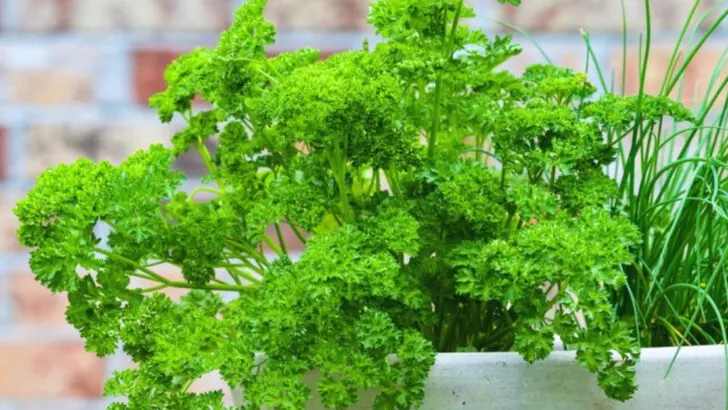Fresh herbs are one of those little luxuries that instantly elevate your cooking, make your home smell amazing, and add a touch of green wherever they grow. But constantly buying bunches at the store—or even replanting every season—can get tiring and expensive. What if you could grow herbs that just keep coming back, no matter how often you snip them?
Some herbs are naturally resilient, regenerative, and built for everyday use. Whether you’re trimming them for tea, salads, or full-on meals, these plants bounce back fast—and often stronger than before. They’re ideal for windowsills, balconies, or garden beds, and they thrive with just a bit of sun and the occasional deep watering.
In this list, you’ll discover 17 herbs that truly earn their place in your kitchen garden. From the classics like mint and chives to a few underrated overachievers, each one is low-effort, high-reward, and perfect for anyone who wants fresh flavor on demand—all season long.
Basil

Basil’s aromatic leaves make it a kitchen staple, beloved by chefs and home cooks alike. Known for its sweet yet savory flavor, basil thrives in sunny spots. Its ability to bounce back after harvesting makes it perfect for those who love to cook with fresh ingredients regularly. Native to tropical regions, basil can bring a touch of the exotic to your garden. Remember to pinch off the flowers to encourage more leaf growth, and you’ll be rewarded with an endless supply of this versatile herb. Search for images of basil thriving in a lush garden setting.
Mint
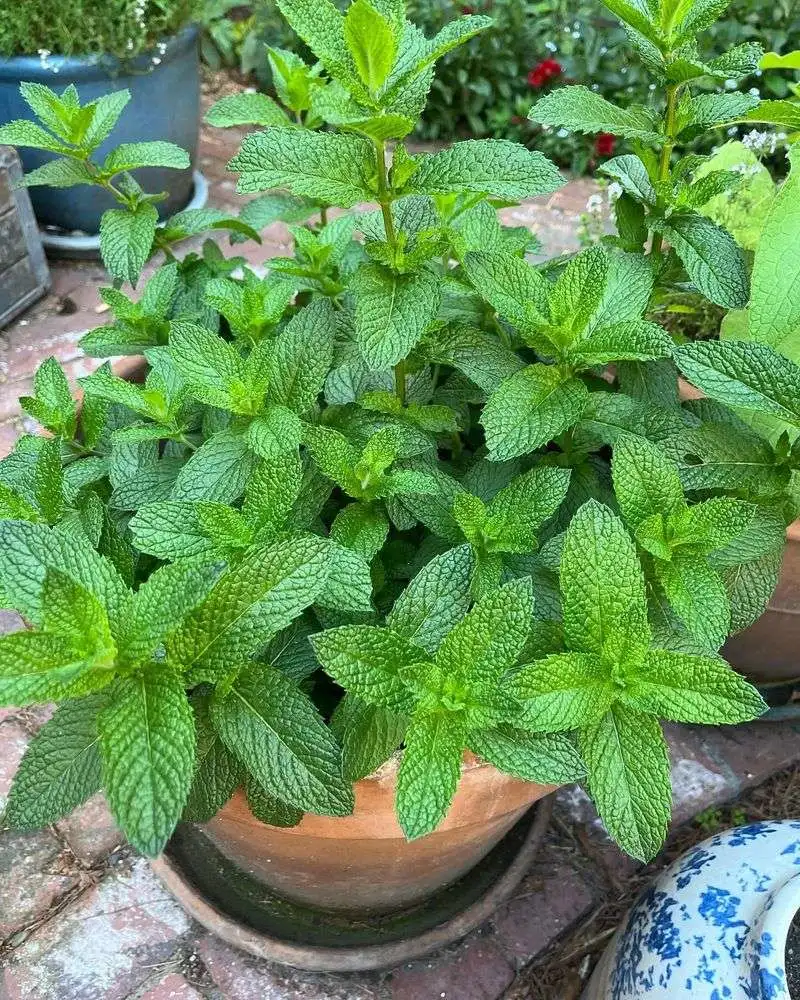
Mint is the invincible herb that feels at home in pots or garden beds. Known for its refreshing and cooling flavor, mint leaves can elevate beverages and dishes alike. Overharvesting is nearly impossible with mint, as it grows back vigorously each time. The secret to controlling its rampant nature is to grow it in containers. Its hardy nature and quick growth make it an ideal choice for beginners. Search for images of mint flourishing on a kitchen windowsill or in a garden pot.
Rosemary
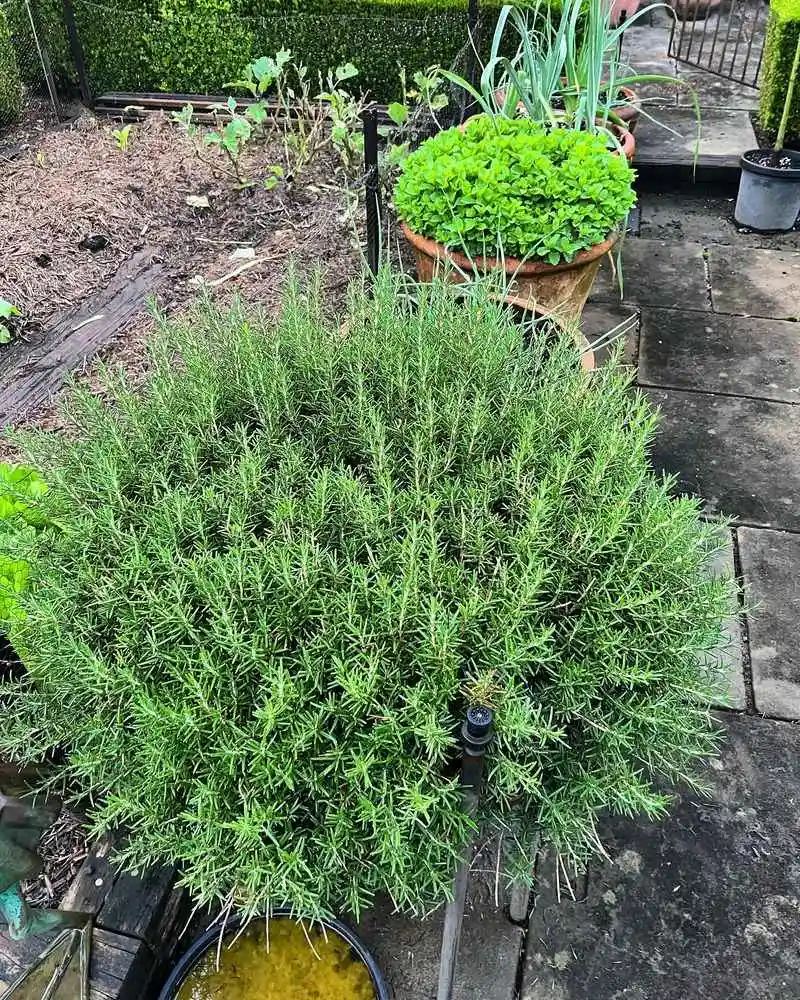
Rosemary’s robust flavor makes it a favorite for seasoning meats and stews. This woody perennial thrives in well-drained soil and sunny spots. Over time, it can grow into a beautiful shrub that adds structure to your garden. Rosemary’s resilience is legendary, bouncing back after pruning or harvesting. Its silver-green needle-like leaves offer both culinary and ornamental value. Search for images of rosemary bushes flourishing in a rustic garden setting.
Thyme
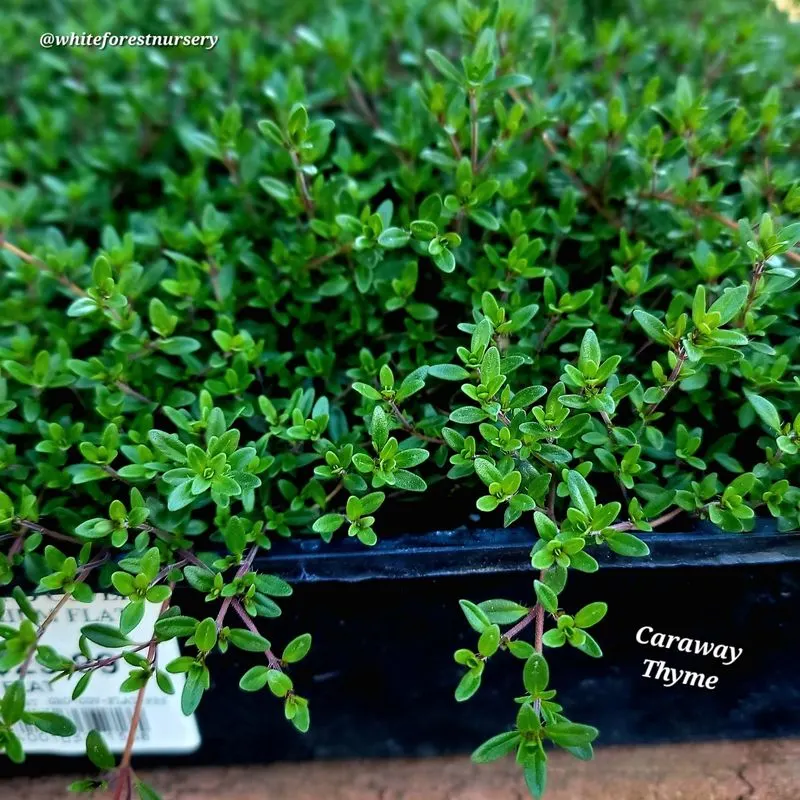
Thyme’s subtle aroma and earthy flavor complement a wide range of dishes. Its small leaves and spreading habit make it an attractive ground cover in gardens. Thriving in dry, sunny locations, thyme is forgiving to neglect and a favorite among busy gardeners. Harvest regularly to encourage new growth, and enjoy its unyielding nature. Search for images of thyme cascading over garden beds.
Oregano

Oregano brings a taste of the Mediterranean to your kitchen. Its robust flavor is a staple in Italian and Greek cuisines. Regular harvesting encourages a bushy growth habit, ensuring a continuous supply of this flavorful herb. Oregano’s resilience to different climates makes it a global favorite. Search for images of oregano flourishing with vibrant purple flowers in a Mediterranean-style garden.
Sage
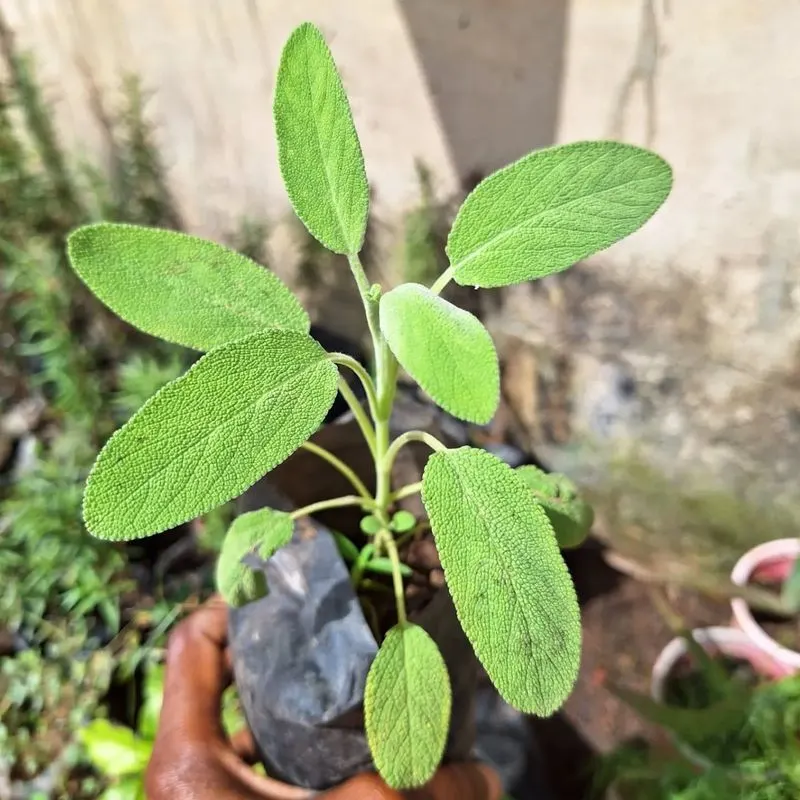
Sage offers a rich, savory flavor that enhances poultry and meat dishes. Its broad, velvety leaves are not only flavorful but also visually appealing. Sage thrives in sunny, well-drained areas and can become a perennial staple in herb gardens. Prune regularly to maintain its shape and encourage new growth. Search for images of sage plants with mature leaves thriving in garden corners.
Chives

Chives add a mild onion flavor to dishes and are easy to grow in small spaces. Their attractive purple flowers are edible and add a splash of color to salads. Chives thrive in pots or garden beds, making them versatile for urban gardeners. Regular snipping encourages dense growth and ensures a continual harvest. Search for images of chives blooming in pots or garden settings.
Parsley
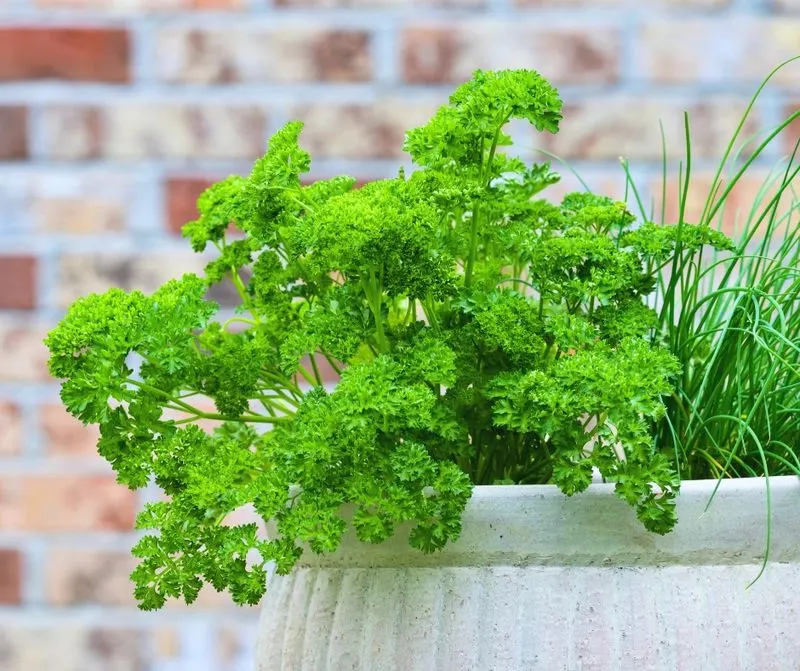
Parsley is more than just a garnish; it’s a nutrient-packed herb that enhances the flavor of soups and salads. Its curly or flat leaves are easy to harvest and grow back quickly. Parsley prefers moist, fertile soil and partial shade. Its resilience makes it a reliable choice for any herb garden. Search for images of parsley plants flourishing in kitchen gardens.
Cilantro

Cilantro’s distinctive flavor makes it a favorite in Asian and Mexican cuisines. Its feathery leaves add a fresh, citrusy touch to dishes. Although it bolts quickly, regular harvesting can prolong its growth. Cilantro thrives in sunny spots and can be grown in pots or garden beds. Search for images of cilantro plants with lush leaves in urban gardens.
Lavender
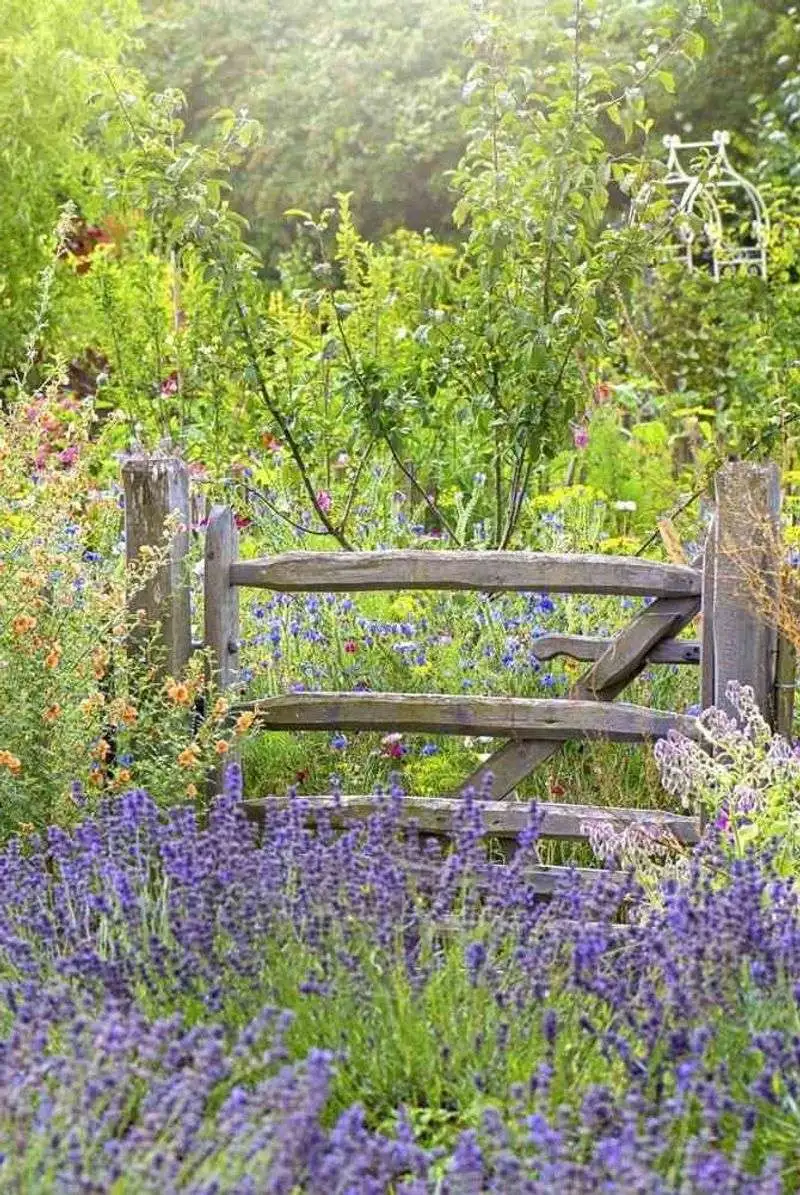
Lavender isn’t just for scent; it’s a culinary delight. Its fragrant flowers add a unique flavor to desserts and teas. Lavender thrives in sunny, dry locations and rewards with abundant blooms. Regular pruning keeps it healthy and promotes new growth. Search for images of lavender fields in full bloom.
Lemon Balm
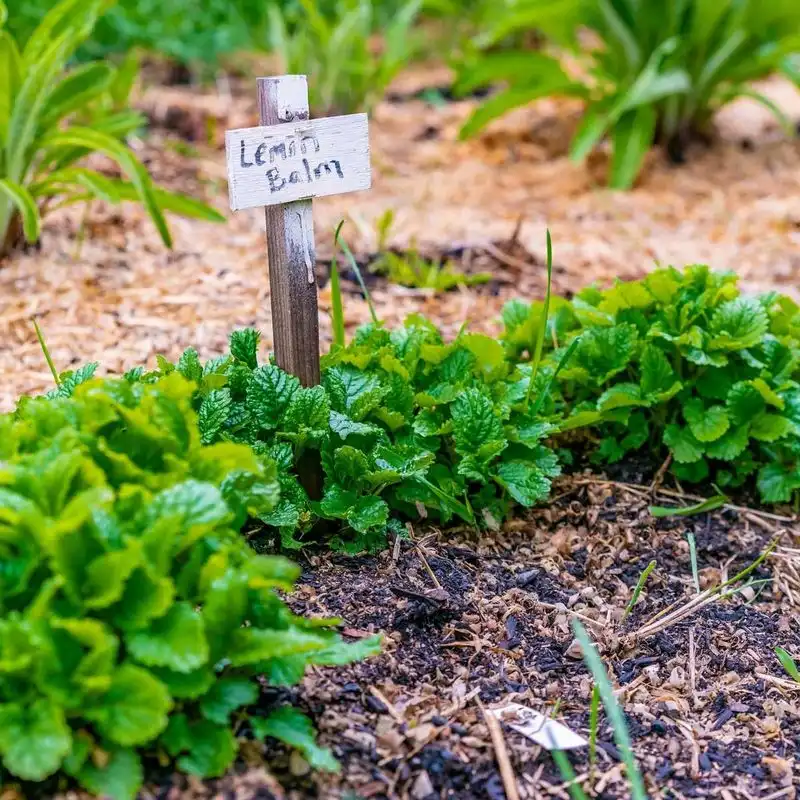
Lemon balm offers a hint of citrus and can soothe the senses. Its bright green leaves are perfect for teas and garnishes. Lemon balm can grow vigorously, so regular harvesting is key. It thrives in containers, making it suitable for any garden size. Search for images of lemon balm plants thriving in wooden planters.
Tarragon
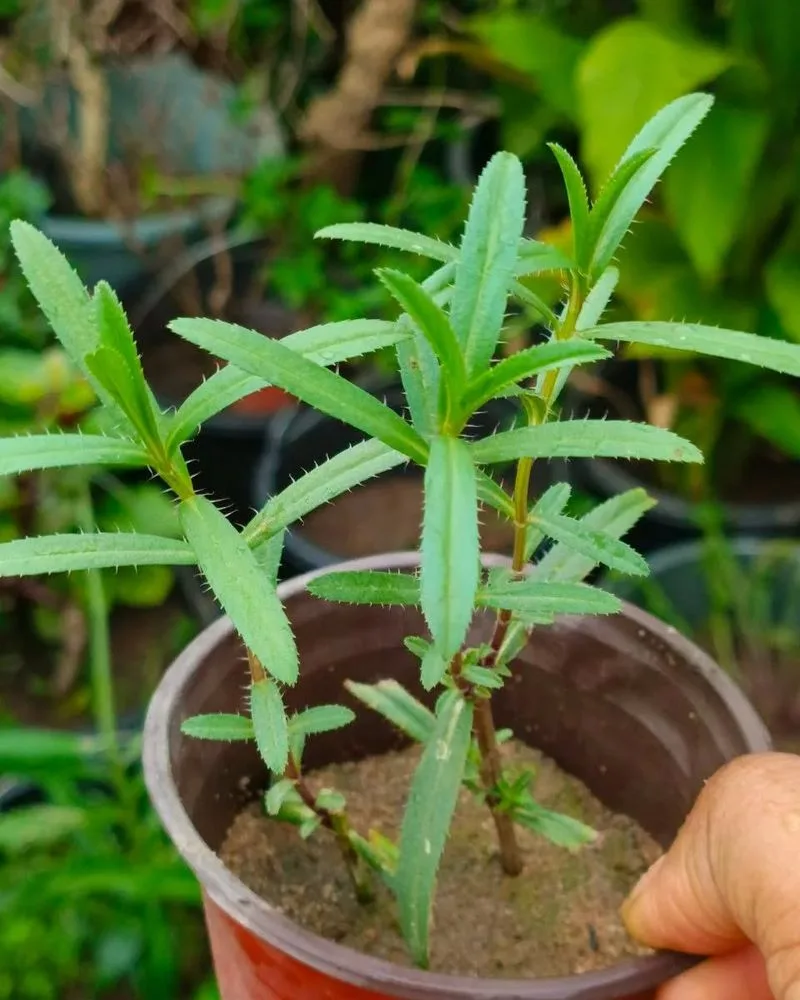
Tarragon’s unique anise-like flavor is a must for French cooking. Its slender leaves are perfect for infusing oils and vinegars. Tarragon prefers sunny locations and well-drained soil. Regular pruning encourages bushier growth and ensures a fresh supply of leaves. Search for images of tarragon plants flourishing in terracotta pots.
Dill

Dill’s feathery leaves and aromatic seeds are essential for pickling and seafood dishes. This herb is a fast grower and thrives in full sun. Regular harvesting keeps it productive and prevents bolting. Dill’s tall, graceful stems add height to garden beds. Search for images of dill plants with yellow flower umbels.
Fennel
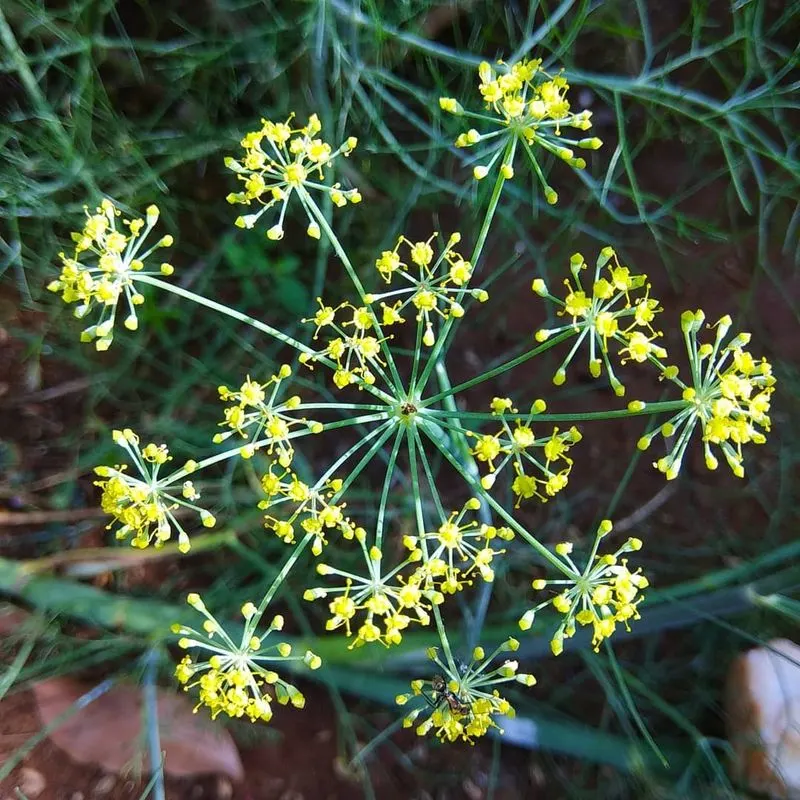
Fennel’s bulb, leaves, and seeds bring a sweet, anise-like flavor to dishes. Its feathery leaves make it an attractive addition to gardens. Fennel thrives in sunny spots with well-drained soil. Regular harvesting of leaves encourages new growth and prevents bolting. Search for images of fennel with its bulbous base in gardens.
Bay Laurel
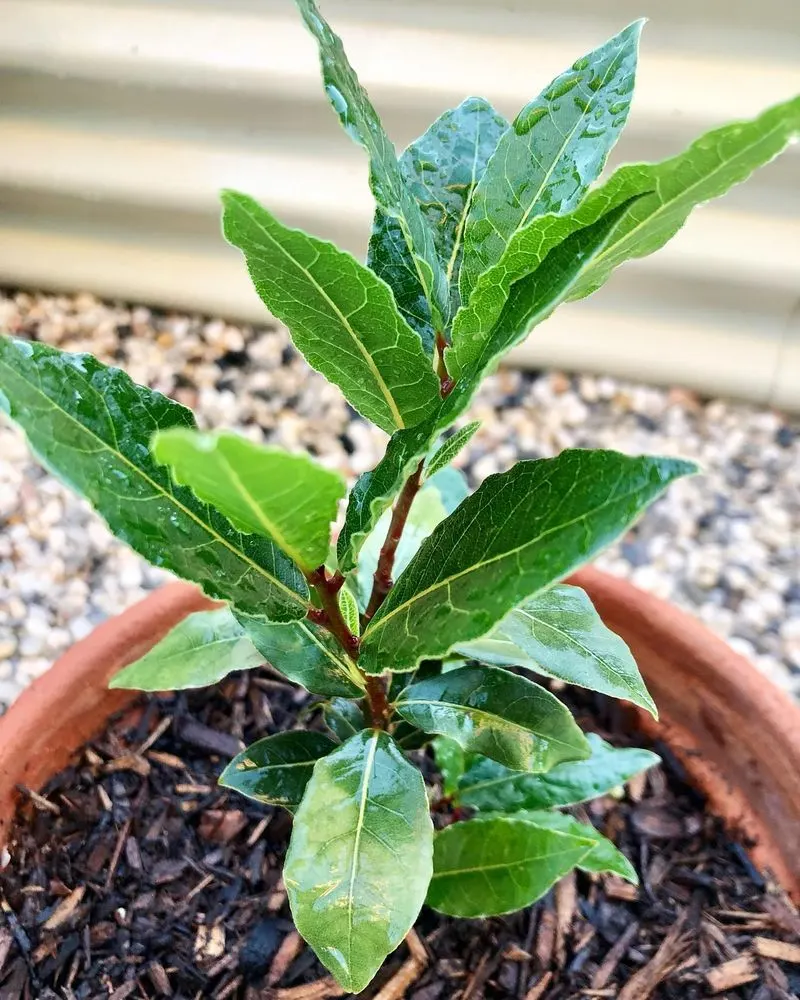
Bay laurel’s aromatic leaves are essential in soups and stews. This slow-growing shrub thrives in pots or sunny gardens. Regular pruning keeps it manageable and encourages bushier growth. Bay leaves can be harvested year-round, providing a constant supply of flavor. Search for images of bay laurel bushes in large pots.
Lemongrass
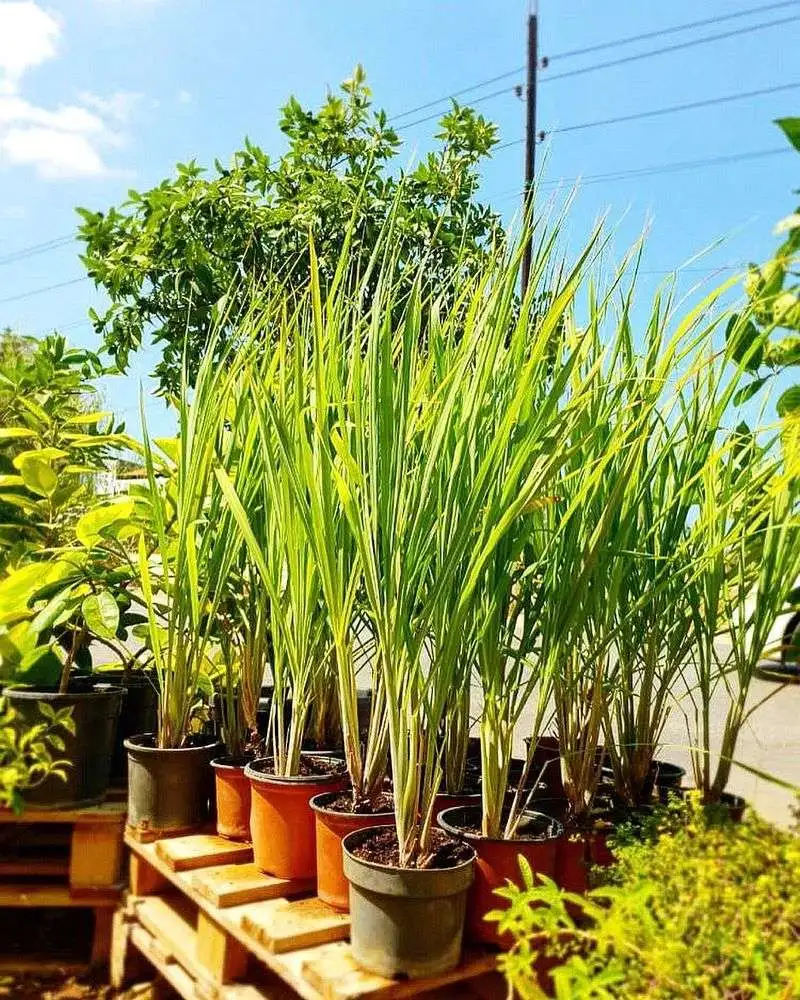
Lemongrass brings a citrusy zing to Asian dishes. Its tall stalks and long leaves add an exotic touch to gardens. Lemongrass thrives in warm climates and can be grown in pots or garden beds. Regular harvesting encourages new shoots and maintains its vigorous growth. Search for images of lemongrass plants flourishing in tropical gardens.
Sorrel
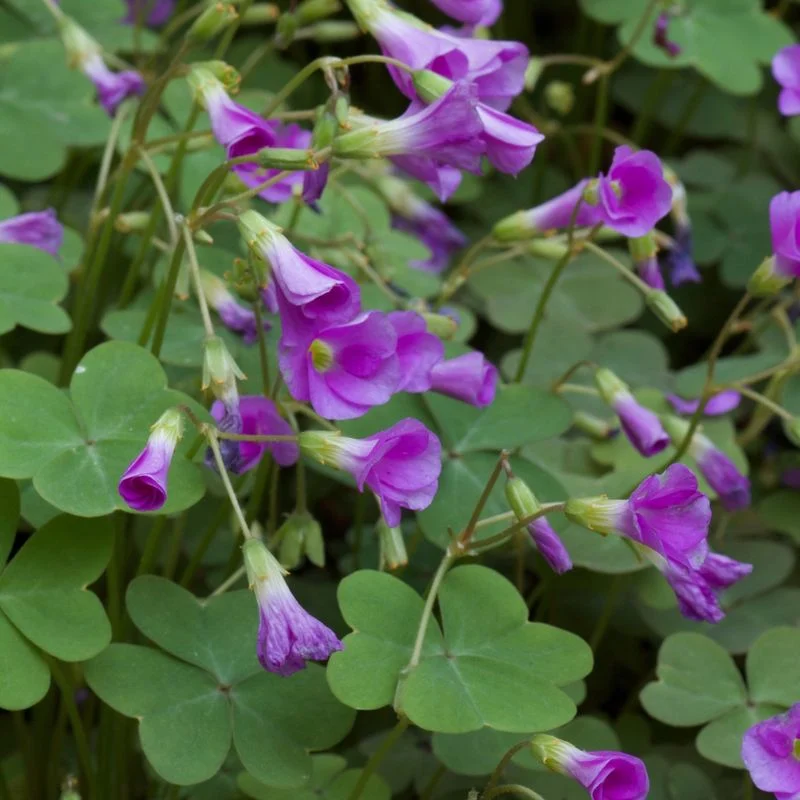
Sorrel’s tangy leaves add a zing to salads and soups. This perennial herb prefers moist soil and partial shade. Regular harvesting of leaves encourages fresh growth and prevents bolting. Sorrel’s vibrant green leaves make it a visually appealing addition to gardens. Search for images of sorrel plants flourishing in herb gardens.

